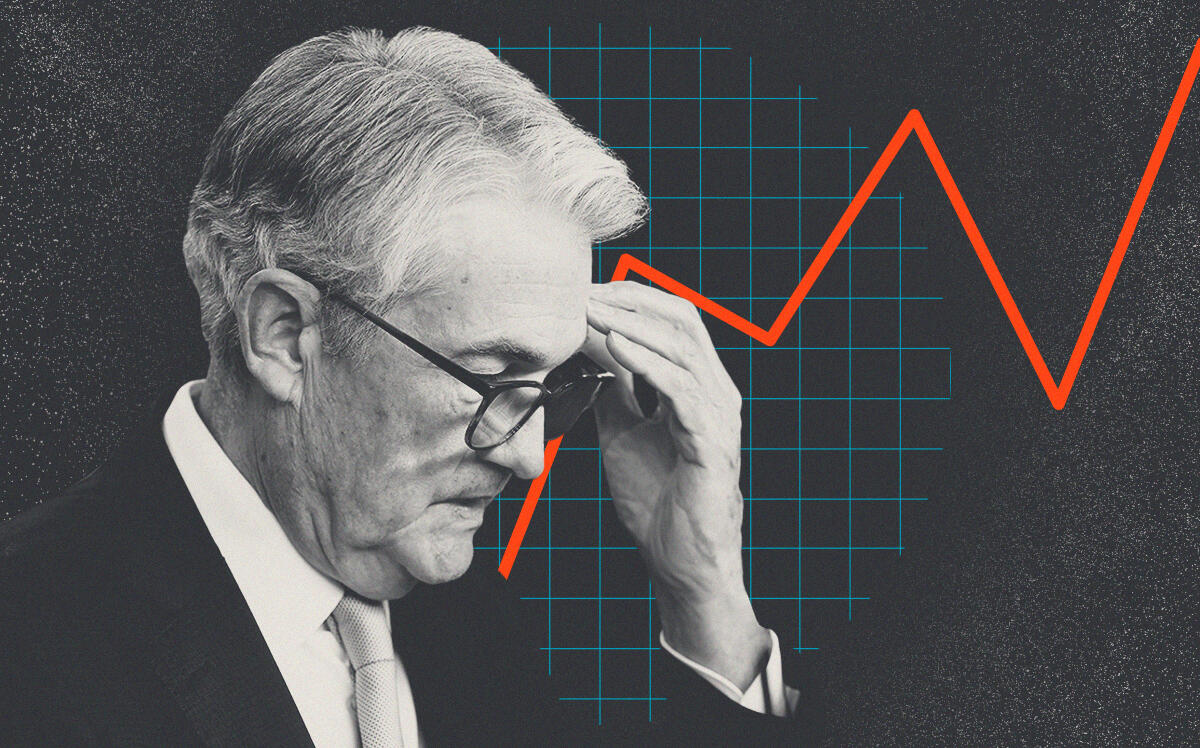
Trending
Fed hikes interest rates to 14-year high
Central bank indicates less aggressive increases ahead

More bad news for borrowers, as the cost of credit-fueled deals will continue to rise, but there may be a little bit of light at the end of the tunnel.
The Federal Reserve approved a fourth-straight 75-basis-point hike to a target range of 3.75-4 percent on Wednesday, raising short-term borrowing rates to their highest levels since 2008, CNBC reported.
However, the central bank indicated that smaller rate increases could be on the horizon as it continues to grapple with inflation, which is at a 40-year high. The Fed said it “will take into account the cumulative tightening of monetary policy, the lags with which monetary policy affects economic activity and inflation and economic and financial developments” when it considers future rate increases.
The federal funds rate applies to lending between banks and trickles down to consumers and businesses borrowing on mortgages, credit cards and corporate debt. As borrowing becomes more expensive, nonessential spending typically tightens.
Economists are hopeful that the Fed will scale back its aggressive monetary policy and implement a 50-point increase when the central bank meets again in December, followed by rounds of smaller increases in 2023.
Fed Chair Jerome Powell pushd back at any notion that the Fed will pause its rate hikes soon, but he expects a conversation in the near future about tamping down the level of increases.
“We still have some ways to go and incoming data since our last meeting suggests that the ultimate level of interest rates will be higher than previously expected,” Powell said. “So that time [to implement smaller rate hikes] is coming, and it may come as soon as the next meeting or the one after that. No decision has been made.”
The Fed’s latest move will surely be felt across real estate. FTI Consulting’s Jahn Brodwin said that rate increases “will continue to spook” debt and commercial real estate markets.
“The fog of uncertainty in the debt markets needs to lift so investors and lenders can see where the trough lies and begin to navigate towards transacting anew,” Brodwin added.
Homebuyers are also sure to feel the sting. Mortgage rates already reached a 21-year high last week. The average 30-year fixed mortgage rate rose for the 10th straight week to 7.16 percent for the week ending on Oct. 21.
The rising rates are clearly slowing demand. Mortgage applications decreased 1.7 percent from the previous week on a seasonally adjusted basis. Application activity was at its slowest pace since 1997. Purchase applications declined 2 percent from the previous week, hitting its slowest pace since 2015.
Read more







